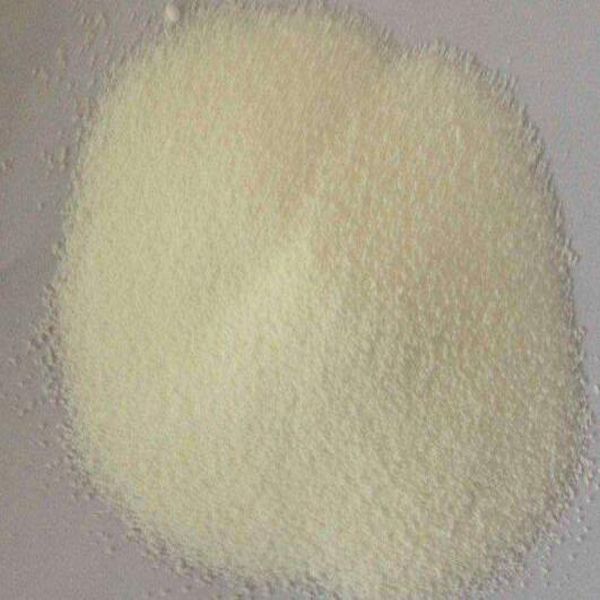- Home
- News
- Salinomycin sodium salt is an anticoccidial agent, used for chicken coccidiosis and to promote the growth of livestock and poultry
Salinomycin sodium salt is an anticoccidial agent, used for chicken coccidiosis and to promote the growth of livestock and poultry
Salinomycin sodium salt, also known as Eugenin, is a polyether antibiotic extracted from the culture solution of Streptomyces albicans. Salinomycin is a highly effective, broad-spectrum, low-resistance and low-residue antibiotic, which is a broad-spectrum Anticoccidial drugs. It has a significant role in sterilization and bacteriostasis on Gram-positive bacteria, fungi, pathogens, coccidia, etc.
Salinomycin sodium salt has obvious effects on Eimeria coccidiosis, Brinell, giant, dislocation, poisoning, tenderness, etc. The anticoccidial activity is roughly similar to monensin and Changsanone. The feed containing 60mg/kg of this product has disease prevention performance and weight gain efficiency approximately equal to monensin 100mg/kg. The high concentration (80mg/kg) Salinomycin sodium salt has the same immunosuppressive strength as monensin. And it has obvious growth promotion effect on pigs, but the application is restricted due to the narrow safety range. The peak period of anticoccidial activity is in the early schizont stage of the first generation (ie, the 1st to 2nd day of infection), and the rate of resistance of coccidia to it is slow. The anticoccidial mechanism is generally believed that in the developing worm, the drug can combine with sodium and potassium ions to form a complex, which affects the transport of potassium ions to the coccidiosis mitochondria, so that certain mitochondrial functions of the coccidiosis include the oxidation of substrates and The hydrolysis is inhibited. Coccidia are not likely to cause drug resistance. High concentration (120ppm) can inhibit the host’s immunity. But after stopping the drug, you can quickly gain immunity. Therefore, broilers should be used continuously. The effect on rabbit coccidia is better than sulfaquinoxaline. It is forbidden to use with tylosin and oleancin. In addition, it can promote growth of cattle and can also be used for swine blood dysentery caused by Treponema pallidum. Tests on pigs have shown that feeding piglets less than 4 months old with 30-60 mg/kg of medicinal materials and feeding piglets with 4 to 6 months old with 15-30 mg/kg of medicinal materials can significantly improve feed remuneration and promote growth. According to reports, the addition of 25-50 mg/kg of Salinomycin sodium salt to the full price feed of pigs can reduce the weaning weight loss of sows, increase the weaning weight of piglets, reduce the mortality of piglets, and improve the growth rate and feed reward of growing and finishing pigs. . However, Salinomycin sodium salt has no obvious effect on piglets under 20 days of age, so it is not necessary to use Salinomycin sodium salt additives in the feed of newborn piglets.
The safety range of this product is narrow, and the dosage should be strictly controlled when using this product; when this product is used for too long or exceeds 100 mg per kg of feed, it can inhibit the body’s immunity to coccidia and have toxic effects; The medicine is used in combination, equine animals and laying hens are banned, and the broiler chicken has a drug withdrawal period of 5 days; this product has many specifications of premix, and it is necessary to pay attention to the conversion dose when applying. Salinomycin sodium salt is more toxic than monensin. With a feed concentration of 80 mg/kg, the chicks’ intake decreases, which affects weight gain. In addition, there are many specifications for the premix of this product. When using the drug, it must be accurately measured according to the active ingredients to prevent accidents. A large dose (80mg/kg) of Salinomycin sodium salt makes the host have a certain inhibitory effect on the immunity produced by coccidia. Laying hens are prohibited. Withdrawal period, 5 days for poultry. Horses and equines are extremely sensitive to Salinomycin sodium salt and should be avoided; adult turkeys and ducks are also sensitive and should not be used.
